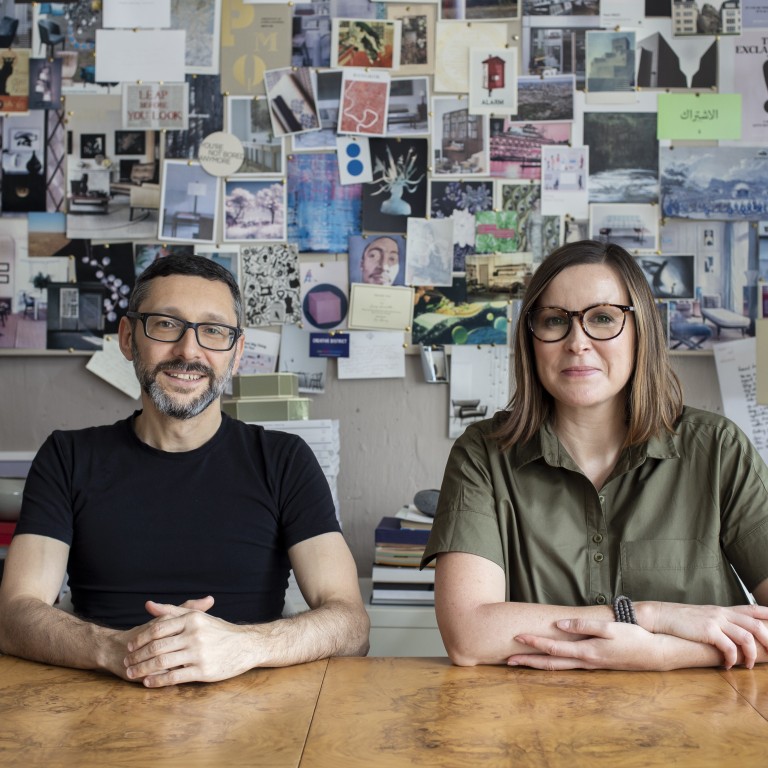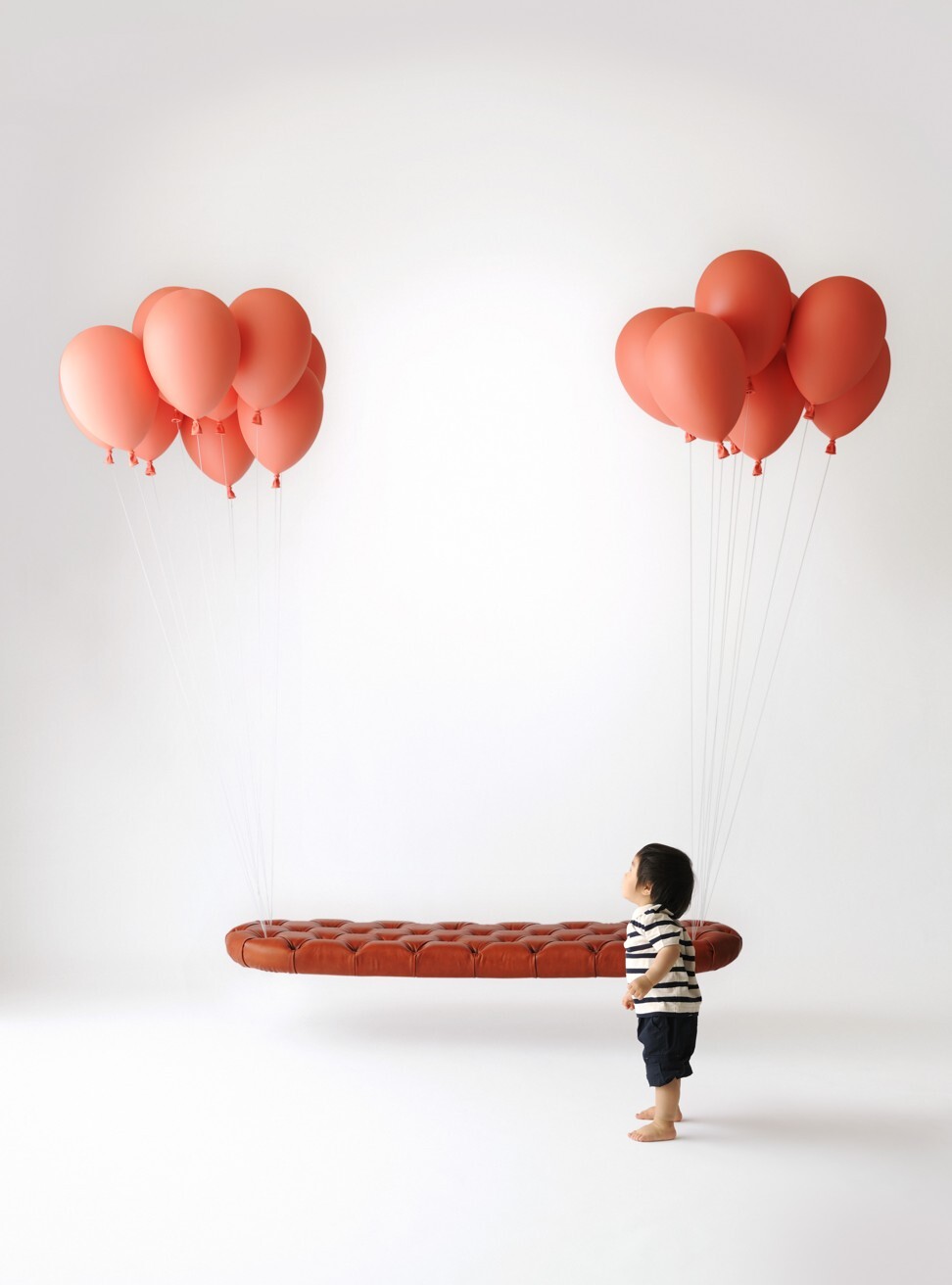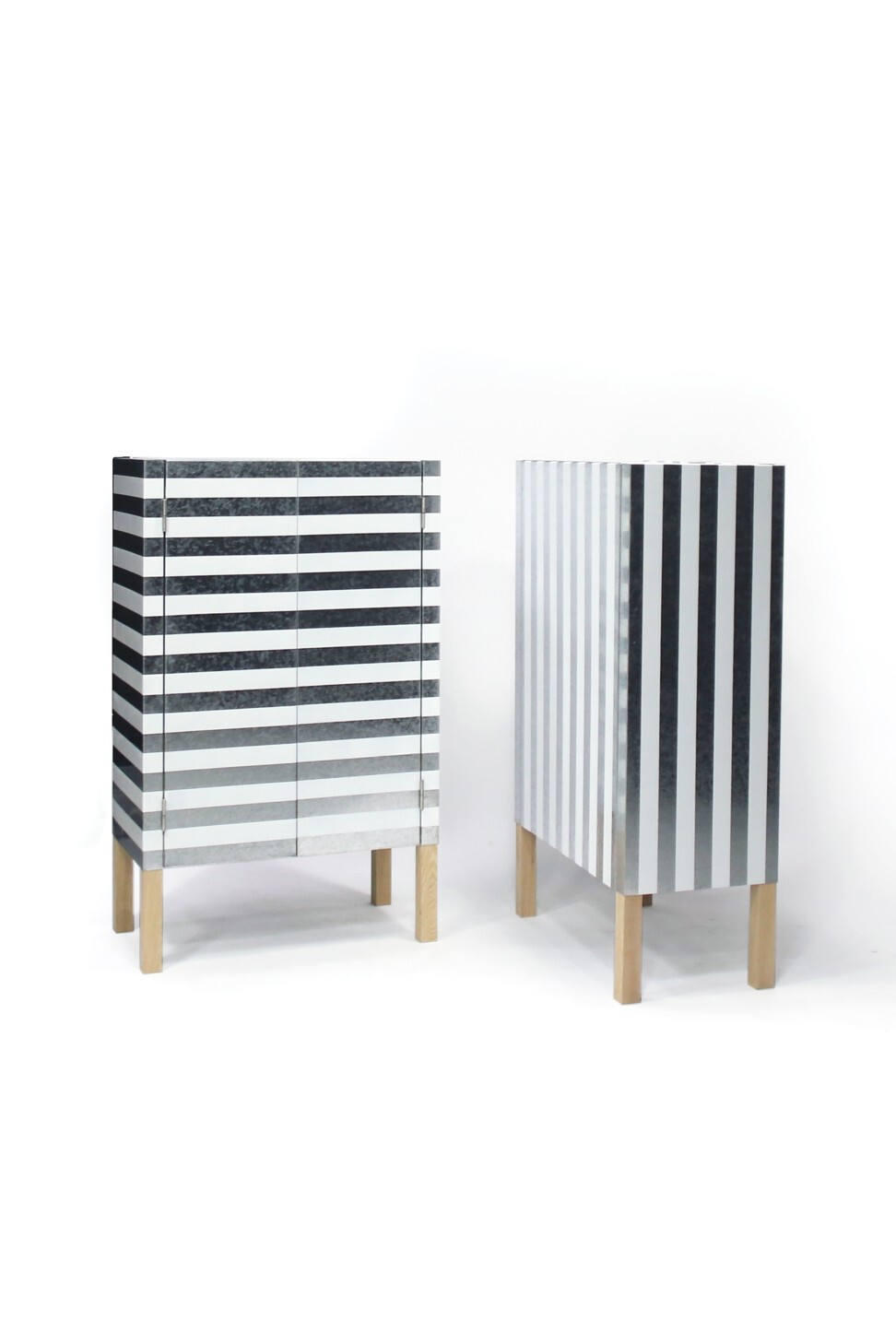
Emerging Asian designers shaping trends in furniture, product and interior design share what makes them tick in new book
- ‘Design in Asia: The New Wave’ features 97 designers from across the region reflecting on their backgrounds, inspirations and processes
- Hong Kong’s Michael Leung, China’s Furong Chen and Singapore’s Hans Tan are among those co-author Suzy Annetta believes are stand-outs
When Hong Kong-based Australian designer and publisher Suzy Annetta wondered what differences and similarities emerging young designers in Asia possessed, she decided to find out what makes them tick.
The project took her to places from Beijing to Bali, from Mumbai to Manila, seeking the people and approaches shaping trends in furniture, product and interior design. The result is Design in Asia: The New Wave, a book profiling the work of 97 talented and diverse individuals at varying stages of their careers.
The project was inspired by six years of travel, mostly in Asia, sourcing stories for the print magazine Design Anthology (DA), which Annetta runs with her business partner and ex-husband Phil Annetta with editions in Asia, Australia and the UK.
They were excited by the designers they encountered and realised there wasn’t a book that was showcasing what was happening in the region. “We thought it would be interesting to replicate these conversations we were having,” she says.

Aric Chen, design and architecture curator-at-large at Hong Kong’s M+ museum, and curatorial director of Design Miami, helped shortlist some of the other designers featured. The selection criteria took into account their age – most are in their 20s to 40s – their body of work to date, and who they had collaborated with.
Every designer featured was asked the same set of questions, eliciting some intriguing responses. For instance, when South Korean designer Sanghyeok Lee was asked what led to his chosen career, he said he thought he would be a bus driver until a trip abroad to Europe was his “moment of truth”. He went on to study at Design Academy Eindhoven, Netherlands, and is now based in Berlin.
“We hoped this format would give readers the opportunity to compare the similarities – many have studied overseas, for example – and also the differences in how they are working across the diverse region,” Annetta says.

While initially aiming to feature 100 designers – 10 each from 10 different locations – Annetta soon found out this wouldn’t work as there were not enough candidates from Malaysia or Hong Kong.
“The main reason for this struggle was that, across the board, some countries have a much more established educational programme in industrial design, and more heritage with craft,” Annetta says. “Thailand was super easy – there are a lot of young, super-creative makers there – and with Korea and Japan, with their long heritage of craft, design and also production, I could have easily done a whole book.”
Annetta believes creative talents in Malaysia and Hong Kong are let down by a lack of formal training opportunities as well as limited government support. She also found designers in Hong Kong telling her their parents had not encouraged their creative ambitions.
“These kids were expected to be a lawyer, banker, accountant or doctor, and go out and make a lot of money,” she says. “I’d thought this was a Chinese thing, but most mainland interviewees said their parents were happy with their career choice.”

The book is a collection of first-person narratives in which designers reflect on their backgrounds, inspirations and processes, contextualised by accompanying project images: from the quirky “floating” Balloon Bench sculpture by Japanese designer Satoshi Itasaka to the nature-inspired Melting Cafe Table by Shanghai’s Zhipeng Tan (Man-man Design) and the organic wood and marble favoured by Hong Kong’s Wilson Lee (Studio Adjective). Annetta says the images shown and designers featured are “by no means exhaustive” and she hopes to follow with an updated or second edition.
Like asking a parent to name their favourite child, Annetta thinks hard about the stand-outs from each region.
From Hong Kong, she finds Michael Leung, co-founder of Miro, to be “super-interesting” because of his educational background – after graduating from product design at Hong Kong Polytechnic University he went to Design Academy Eindhoven for a master’s in conceptual design – as well as his collaborations with leading institutions such as Germany’s Vitra Design Museum and London’s V&A.

Leung’s “Silver Cabinets” feature in the book, in which he explains how his work with sheet metal, like galvanised steel or brass, is a nod to one of Hong Kong’s traditional industries. He recalls at first observing, and then learning, the technique from an elder maker, who was working on his own in an alley sandwiched between two buildings. From there, Leung honed his skills working with different workshops and small factories, “depending on the scale of the project and the techniques involved”.
From China, Annetta is particularly taken with the work of Furong Chen, a winner of Design Shanghai’s emerging designer award. From the city of Xiamen, he explores the boundaries of materials such as cement and metals, as well as those of processes – such as how metallic textures change in different states, from seemingly cold and distant to rustic and familiar – through his contemporary furniture brand WUU, established in 2014.
Indonesian furniture designer Alvin Tjitrowirjo impresses Annetta for his efforts to promote bespoke value in a country whose preference is for imported brands, by infusing local materials and craft into his designs. For example, the workmanship of bent natural rattan – a material Tjitrowirjo regards as “heavily underrated”– is given contemporary sophistication in pieces such as his Malya chair, produced under his own brand Alvin-T.

India’s Nikhil Paul, founder of Paul Matter, earns kudos for injecting freshness into lighting through interesting shapes and forms – such as his Tango series of lamps and pendants resembling satellites floating in space.

From the numerous designers featured from Japan, Shigeki Yamamoto’s story is different because of his fascination with European influences. Having trained as a carpenter in Germany, the proudly independent designer is now based in Berlin, creating furniture pieces in metal and wood with the intent “to make memories for the people who see them”.
Another designer who impresses Annetta is Hans Tan from Singapore, whose work appears on the cover. “It’s thought-provoking,” she says. “We felt this represents the new wave of talent that’s happening in Asia.”

